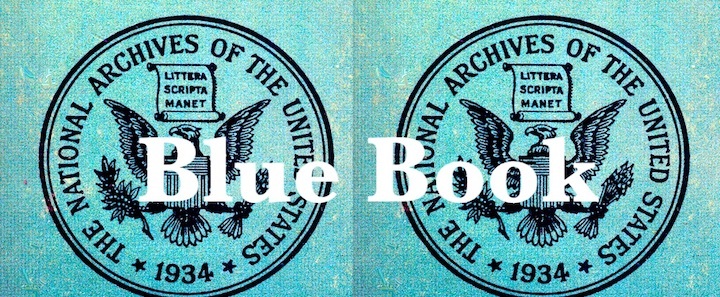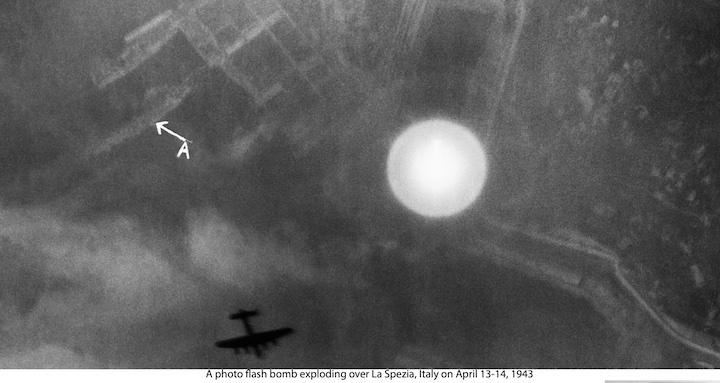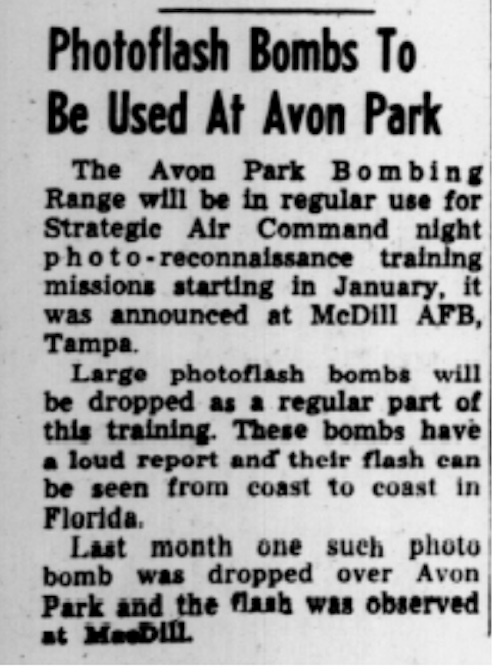
The 701 club: Case #903 Chinnampo, KOREA, March 10, 1951
Don Berlinner’s list describes the case as follows:
Mar. 10, 1951; Chinnampo, Korea. 9:51 a.m. Witnesses: crew of USAF B-29 bomber, including scanners and tail gunner. A large red-yel- low glow burst and became blue-white. No further information in files.1
Brad Sparks has no additional information.2
The Blue Book file3
The Blue Book file consists of a teletype describing the incident and the observers:
-
The time on the record card is 0051Z. This computes to 9:51 AM local time. However, the description of the incident on the teletype was that it was night (The line reads:“Night was dark, no moon, but clear”). Looking at the message, the time was listed as 0051 but no Zulu designation was given. This indicates the time reported was probably local time.
-
The object was seen by two different aircraft (numbers 5369 and 7738)
-
The right scanner of 5369 sighted the object and described it as a basketball. He saw it at 3 o’clock position. It was a reddish-yel- low glow that dropped to the same altitude of the aircraft and then burst to a blue-white color.
-
The pilot and co-pilot of 7738 saw brilliant flash, with some red, off the left wing.
-
The fire control and tail gunners of 7738 saw the object at 9 o’clock position as a flash. It was noted as moving downward and rearward.
-
The left scanner of 7738 saw it at 9 o’clock position moving downward and rearward.
-
All agreed duration was about 1 second.
-
Aircraft 5369 saw it 42 miles SW of Chinnampo. Altitude of 16,800 feet. Time 0051 on 10 March 51. Heading 030.
-
The tail gunner of 5369 saw a flash off his left shoulder over the right wing.
-
Pilot of 5369 saw a blue-white or blue-green flash out of the corner of his eye towards the 3 o’clock position.
-
None of the observers saw a red-orange trail.
-
None of the observers saw a craft, trail, or shape.
-
The object traveled in a straight line.
There was no impact from concussion or explosion.
Analysis
While there does not appears to be a lot of information here, I think what is available is enough to draw a conclusion. The only reason it appears to be listed as unknown is because they could not determine if it was a flare, flak, or meteor. The crew felt it was not flak or a flare. The duration was too brief and their altitude seemed too high for a flare. Additionally, if it were a new type of flak, one would expect more than just one burst. This leaves the possibility of it being a meteor. This could have been a short du- ration meteor that exploded and then faded out. I have seen such fireballs before and it seems plausible that this is what was seen.
The only problem appears to be the two different aircraft giving two different locations of the object. 5369 reported it on the right side of their aircraft while 7738 reported it on the left side. If the planes were flying in formation, then this might indicate the ob- ject was between the two aircraft. However, we don’t know if they were in formation or in two separate locations. If they were in a daylight formation, the width of the formation was probably 1200-1500 feet (about 1/4 mile) in order to protect each other from fighters. However, the planes were flying at night to avoid fighter interception. Night fighters were not common this early in the war. Night bombing would require different tactics than daylight bombing, which means formation flying would probably not be necessary. Planes could fly solo or the mission might require several flights of a few B-29s hitting the target separated by intervals several miles apart. 7738 could have been returning from the target while 5369 was enroute to the target. The two planes could have been many miles apart and not in formation. It is implied that 5369 might have been in a different location because, after describing 7738’s observations, the message then starts to describe the observations of 5369 and gives the location of that aircraft. This does not mean they were in different locations but one could interpret it to mean that it was farther away from the location of 7738. Because we are missing the course and location of plane number 7738, we cannot resolve this potential problem.
One other possibility to consider is that it was a photo flash bomb.4 Sometimes a B-29 would have photo flash bombs in the bomb bay to take photographs of before and after bombing. The possibility exists that another B-29 in the area may have dropped one of these to take a ground photograph. The duration of these flashes were only 1/5th of a second. One would think the pilots would had known about such devices but it might have been possible they were unaware one was going to be used.


In December 1954, such photo flashes were being used at the bombing range in Avon Park, Florida.5 In one instance, the flash from the bomb was visible from over 70 miles away. The only problem with this explanation is that the photo flash bomb makes a distinct noise and the aircrews reported no concussion
or noise. The noise could have been drowned out by the noise of the engines.
Conclusion
There is not enough information to tell exactly what was seen since we don’t quite know what the position and direction of flight was for the second aircraft. It could have been a meteor or a photo flash bomb. The short duration and lack of anybody seeing any sort of craft implies that what was seen was probably one of these two possibilities. Therefore, I can label this as “Possible meteor/photo flash bomb”. Either explanation has some merit. I see no reason that it cannot be removed from the list of Blue Book unknowns.
Quelle: SUNlite 2/2023
